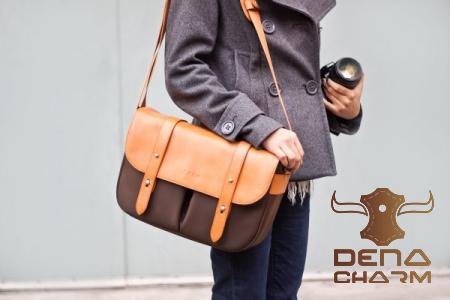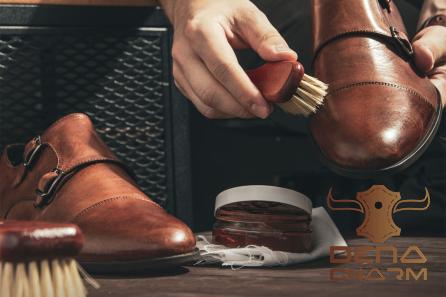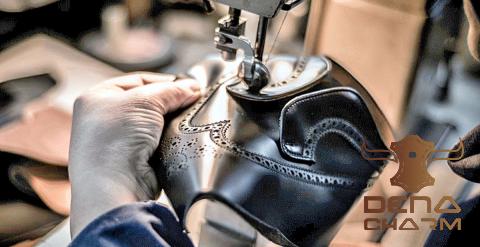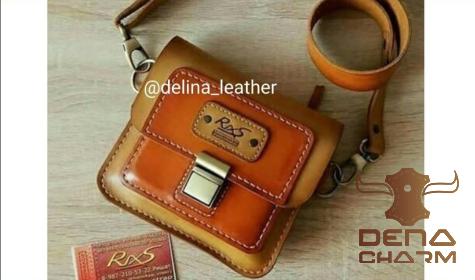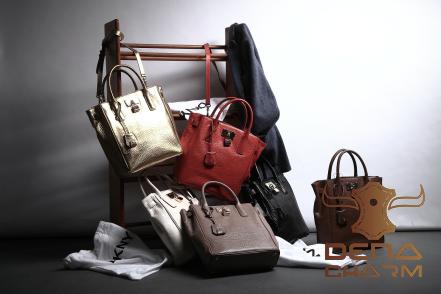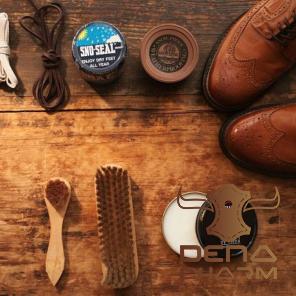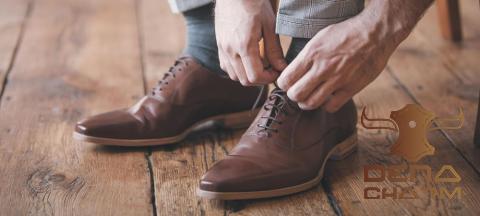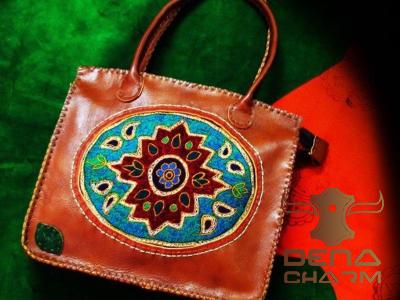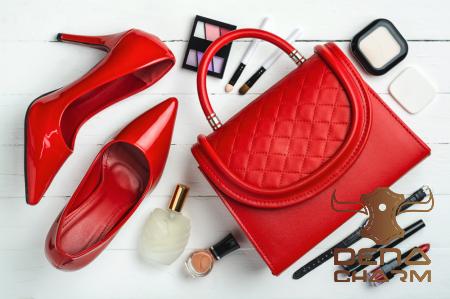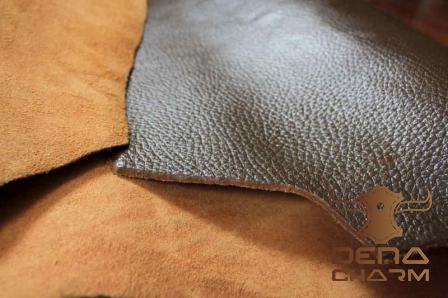When it comes to leather, two types that often spark a lot of debate are lamb leather and sheep leather. While both are derived from young sheep, there are key differences in terms of quality and characteristics that set them apart. In this article, we will discuss the distinctions between lamb leather and sheep leather, explore the highest quality of each, and identify the best types available.
Discussing Lamb Leather vs Sheep Leather
To begin our exploration, it is essential to understand the basic differences between lamb leather and sheep leather. Lamb leather is obtained from lambs, which are young sheep under the age of one. On the other hand, sheep leather is derived from adult sheep, typically older than one year.
The Highest Quality of Lamb Leather vs Sheep Leather
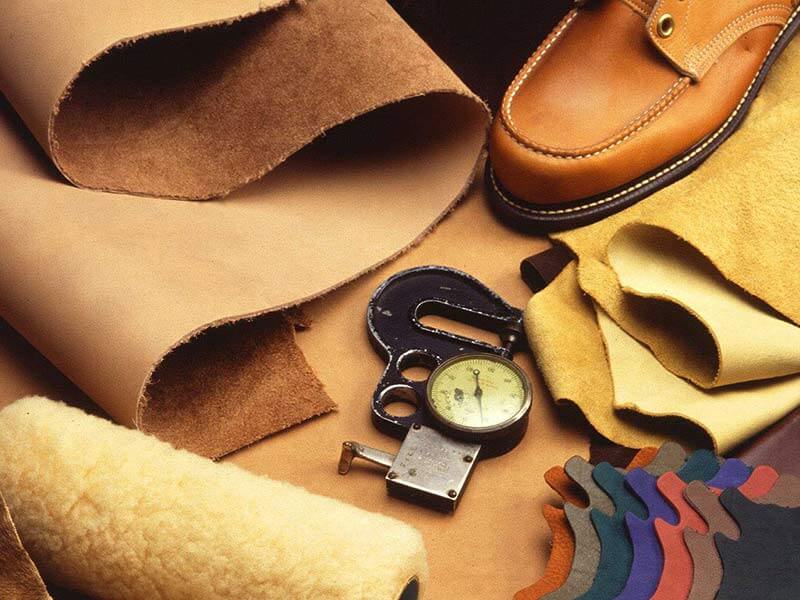
In terms of quality, lamb leather is widely considered to be superior to sheep leather. This is primarily due to the fact that lambs are generally only one year old at the time of slaughter, resulting in softer and more supple leather. The youth of the lamb ensures that the hide is less likely to contain any marks, scars, or damages, which are more common in sheep leather. The supple texture and absence of blemishes make lamb leather highly sought after for high-end products, including luxury fashion items such as jackets, bags, and shoes.
On the other hand, sheep leather, being derived from older animals, tends to be tougher and sturdier. While this makes it less suitable for delicate or luxury items, sheep leather is often chosen for heavy-duty applications such as footwear, upholstery, and industrial goods. The durability of sheep leather also makes it an excellent choice for products that require exceptional strength, like motorcycle gear or workwear.
The Best Types of Lamb Leather vs Sheep Leather
Within the realms of both lamb leather and sheep leather, there are various types that offer unique characteristics and qualities. Let’s explore some of the best types available for each.
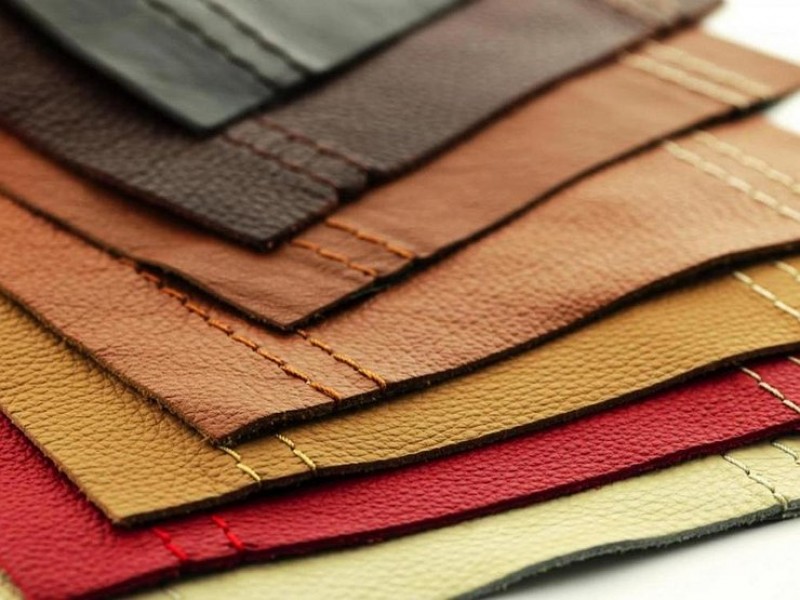
Lamb Leather:
1. Nappa Leather: This is the highest quality of lamb leather, known for its softness, pliability, and buttery texture. Nappa leather is commonly used in luxury fashion items due to its exceptional quality and ability to showcase intricate details.
2. Suede: Suede is a type of lamb leather that goes through a specific treatment to raise the fibers on the flesh side of the hide, resulting in a velvety texture. It is a popular choice for jackets, shoes, and accessories due to its luxurious feel and appearance.
3. Nubuck: Nubuck leather is produced by sanding the outer surface of the lamb hide, resulting in a soft and velvety texture. It offers a combination of the durability of leather and the elegance of suede, making it an excellent choice for shoes, handbags, and belts.
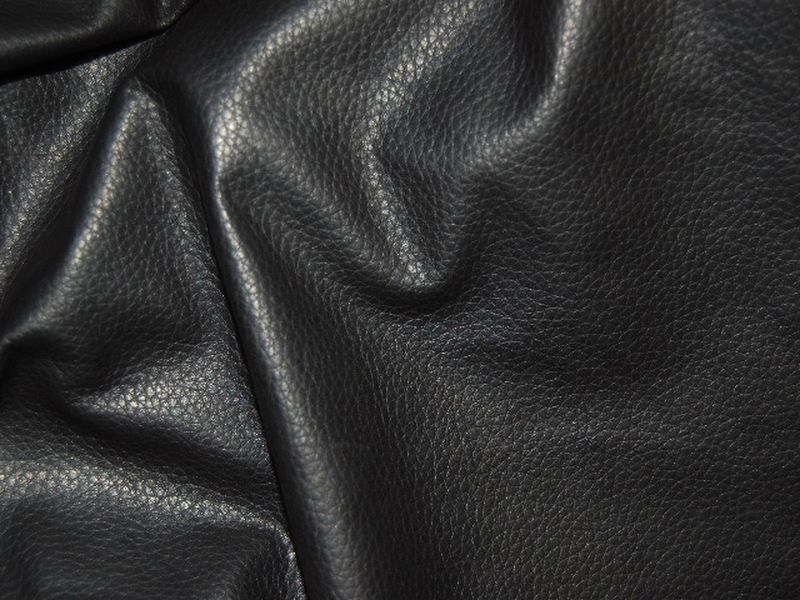
Sheep Leather:
1. Full-Grain Leather: This is the highest quality of sheep leather, characterized by its natural grain, durability, and resistance to wear. Full-grain leather retains the natural markings and imperfections of the sheep hide, giving it a unique and authentic appearance.
2. Split Leather: Split leather is obtained by splitting the sheepskin into layers. While the top grain layer is used for full-grain leather, the lower split layer is utilized for split leather. Although it is not as durable as full-grain leather, split leather offers a more affordable option and is commonly used for upholstery, bags, and belts.
3. Patent Leather: Patent leather is a type of sheep leather that undergoes a specific finishing process to create a glossy and reflective appearance. It is often used in the production of formal shoes, handbags, and accessories due to its elegant and polished look.
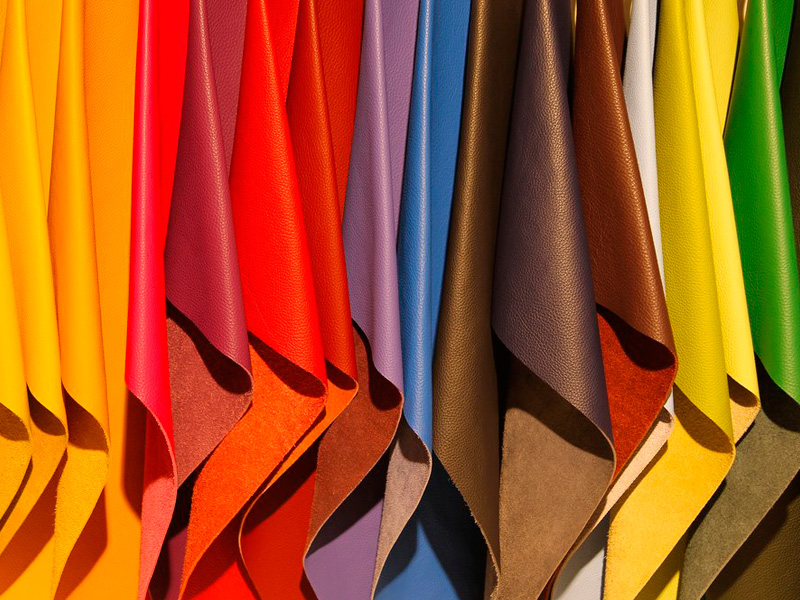
In conclusion, while both lamb leather and sheep leather have their merits, the highest quality and most sought-after option is typically lamb leather. Its softer, supple texture and absence of blemishes make it a favored choice for luxury fashion items. Sheep leather, on the other hand, offers durability and strength, making it ideal for heavy-duty applications. Understanding the distinctions between these two types of leather and the best options within each category can help businesses make informed decisions about the materials they choose for their products.
